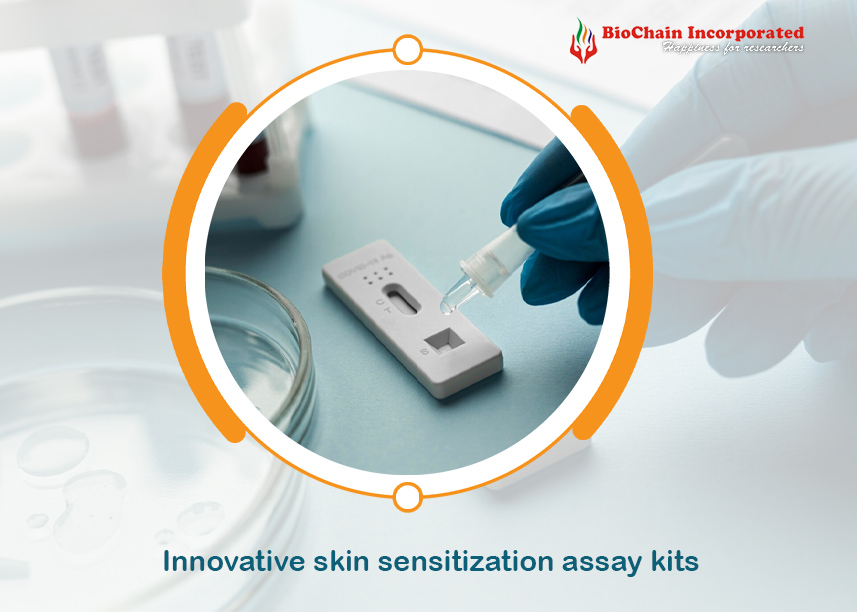New Guidelines for Skin Sensitization Testing Revolutionize Safety Standards
In recent years, advancements in scientific research have led to groundbreaking developments in the field of skin sensitization testing. As concerns regarding allergic reactions to various substances continue to rise, regulatory bodies and industry stakeholders have collaborated to establish updated guidelines for assessing skin sensitization. This paradigm shift not only enhances consumer safety but also drives innovation in testing methodologies and technologies.
The Importance of Skin Sensitization Testing:
Skin sensitization, also known as allergic contact dermatitis, occurs when the immune system reacts to a substance upon repeated exposure, leading to inflammation and skin irritation. Given the prevalence of allergens in everyday products ranging from cosmetics to household chemicals, robust testing methods are essential for ensuring product safety and regulatory compliance.
Traditionally, skin sensitization testing relied on animal models, such as the guinea pig maximization test (GPMT) and the murine local lymph node assay (LLNA). While these methods have been valuable in assessing potential skin sensitizers, they raise ethical concerns and may not accurately reflect human responses.
The Emergence of New Guidelines:
Recognizing the limitations of traditional testing methods, regulatory agencies such as the European Chemicals Agency (ECHA) and the Organisation for Economic Co-operation and Development (OECD) have introduced updated guidelines for skin sensitization testing. These guidelines prioritize the use of non-animal alternatives and promote the development of in vitro assays that mimic human skin responses more accurately.
Key components of the new guidelines include:
-
Integrated Testing Strategies (ITS): Employing a combination of in silico (computer-based), in vitro (laboratory-based), and in chemico (chemical-based) methods to assess skin sensitization potential.
-
Defined Approaches (DA): Utilizing a predefined sequence of testing methods tailored to specific categories of substances, such as cosmetics, pharmaceuticals, and industrial chemicals.
-
Adverse Outcome Pathways (AOPs): Understanding the biological mechanisms underlying skin sensitization and identifying predictive markers for assessing potential allergenicity.
The Role of Skin Sensitization Assay Kits:
As the demand for reliable and ethical testing solutions grows, suppliers of skin sensitization assay kits play a pivotal role in driving innovation and compliance. Biochain's skin sensitization assay kits offer cutting-edge technologies that enable accurate and reproducible assessment of allergenic potential. From cell-based assays to cytokine profiling kits, Biochain's comprehensive portfolio caters to the diverse needs of researchers and regulatory agencies alike.
In conclusion, the introduction of new guidelines for skin sensitization testing heralds a transformative era in product safety assessment. With Biochain leading the pack as one of the best Skin Sensitization Assay Kits Suppliers, researchers and industry stakeholders can navigate these changes with confidence, paving the way for safer, more sustainable consumer products.



.png)

.png)


.png)
.png)
.png)
.png)
.png)